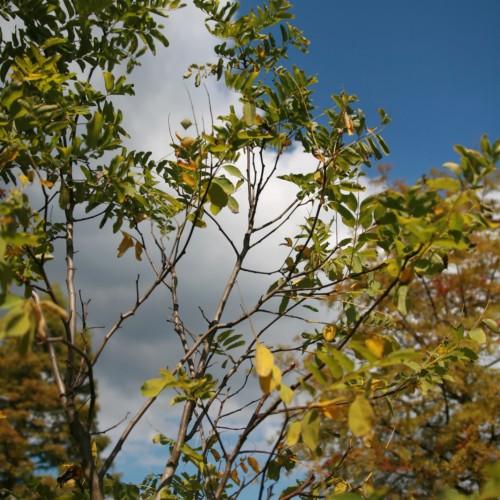
imperial honey locust
Gleditsia triacanthos f. inermis 'Impcole' IMPERIAL
Cycle:
Perennial
Watering:
Average
Hardiness Zone:
3 - 8
Flowers:
Flowers In Spring
Sun:
Full sun
Soil:
Well-drained
Fruits:
Fruits In Autumn Ready In Fall
Edible:
Yes
Leaf:
Yes
Growth Rate:
High
Maintenance:
Moderate
Drought Tolerant:
Yes
Salt Tolerant:
Yes
Thorny:
Yes
Care Level:
Medium
watering
Imperial Honey Locust requires moderate amounts of water, preferably given on a regular basis. For best results, water the plant every 7-10 days during the warmer months while allowing the top 2 inches of soil to dry out between waterings. In the winter, water much less often, only when the top 2-3 inches of soil is dry. Overwatering may cause problems such as root rot, so careful attention should always be paid when watering this plant. Additionally, it is important to ensure the soil does not become waterlogged as this could lead to root rot and other issues.
sunlight
Imperial honey locust (Gleditsia triacanthos f. inermis 'Impcole' IMPERIAL) do best when planted in full sun locations, with at least 6-8 hours of direct sunlight per day. They are not shade tolerant and require direct sunlight for optimal growth and flowering. Morning sun followed by afternoon shade is also acceptable. Avoid heavily shaded locations as this can lead to slow growth and reduced flowering.
pruning
Imperial honey locust (Gleditsia triacanthos f. inermis 'Impcole' IMPERIAL) should be pruned twice a year - once in late winter in February or March before its leaf buds appear, and then again in late summer August or September. The late winter pruning should be light and focus more on removing dead, damaged, or diseased branches, small crossing branches, and suckers, lightly thinning out the canopy. The late summer pruning should also focus more on thinning the canopy and removing dead, damaged, or diseased branches. Depending on your desired finished size, you can also reduce the height or width of the crown by removing lower branches or larger branches at this time as well. It is important to make the cuts about ¼ inch above a bud and angle the cuts so that water won't collect on the cut surfaces.
